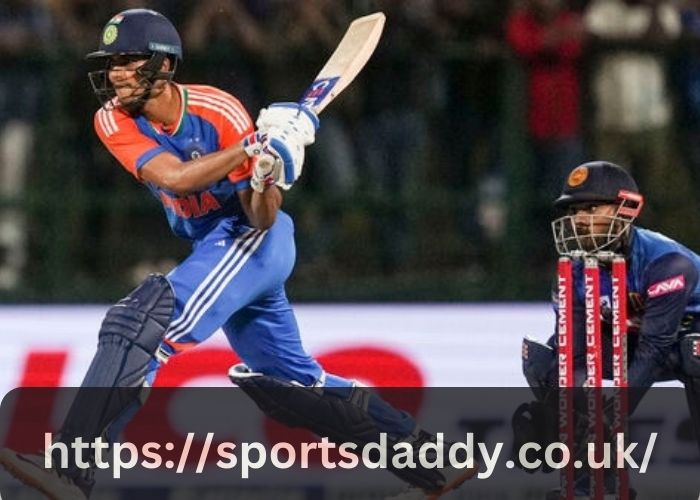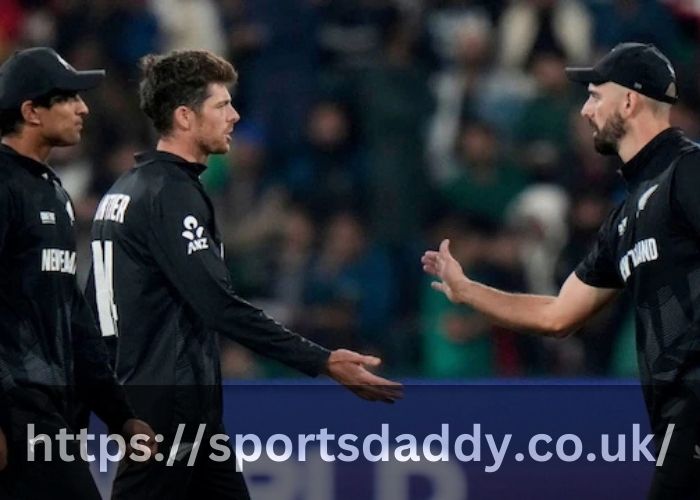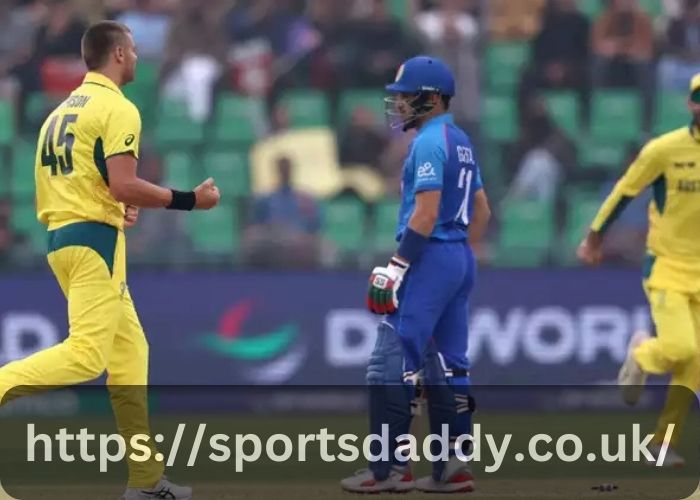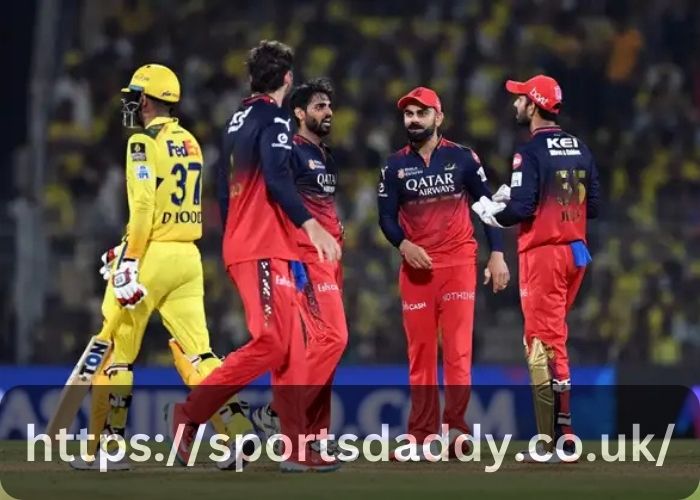
India National Cricket Team vs Sri Lanka National Cricket Team Match Scorecard
India and Sri Lanka share one of the longest rivalries in cricket history, with 46 Test matches having taken place so far between them, winning 22 from India while 7 went to Sri Lanka; 17 tests resulted in draws. Fans often look back at the india national cricket team vs sri lanka national cricket team match scorecard to relive these intense encounters.
Suryakumar Yadav will be crucial in leading India to success at this tournament. Shubman Gill and Riyan Parag must contribute with bat while Mahesh Theekshana, Rinku Singh, Washington Sundar and Ravi Bishnoi must bowl effectively.
| Format | Series / Match | Date Range | Winner | Series Result |
|---|---|---|---|---|
| ODI | India in Sri Lanka (ODI Series) | July–Aug 2024 | Sri Lanka | Sri Lanka won 2–0 (Wikipedia) |
| T20I | India in Sri Lanka (T20I Series) | July–Aug 2024 | India | India won 3–0 (Wikipedia) |
| ODI | Sri Lanka in India (ODI Series) | Jan 2023 | India | India won 3–0 (Wikipedia) |
| ODI | India in Sri Lanka (ODI Series) | July 2021 | India | India won 2–1 (Wikipedia) |
| T20I | Sri Lanka in India (T20I Series) | Jan 2023 | India | India won 2–1 (Wikipedia) |
First Test Match
On 17 September 1982 at MA Chidambaram Stadium in Chennai, the inaugural test match between Sri Lanka and India National Cricket teams took place. Both sides put out their best performances with Duleep Mendis and Sunil Gavaskar both scoring centuries during this test match – ultimately Sri Lanka secured their victory by 29 runs – becoming their first triumph on Indian soil.
Sri Lanka was defeated by India in an exciting match at R. Premadasa Stadium, Colombo. Both teams gave it their all during an action-packed encounter that featured dramatic and thrilling moments – but Sri Lanka were ultimately outwitted as their pacers could not match those from India and their batting struggled against India’s quality bowling attack.
The 2025 Women’s World Cup will be hosted by India and Sri Lanka will face each other in an ODI series to open proceedings on 25 February. Both squads possess strong players that should serve them well during this crucial build up to tournament. Both ODI squads feature experienced players as well as promising young talent, and each game will be crucial in deciding who advances to the final. Rohit Sharma leads India while Shubman Gill serves as vice captain. KL Rahul, Virat Kohli, Shreyas Iyer and Rishabh Pant are also part of India’s team. Sri Lanka are led by Charith Asalanka with Avishka Fernando and Wanindu Hasaranga providing key contributions. Asalanka will look to challenge India with an experienced yet youthful side during this series.
First T20I Match
On February 10, 2009 at R Premadasa Stadium in Colombo, India and Sri Lanka met for their inaugural T20I match. Rohit Sharma scored his maiden T20I century to lead his side to an easy 88-run victory against their hosts, thanks to an unbroken 112-run partnership between himself and Kishan who hit nine fours and four sixes himself. Meanwhile Prasidh Krishna led with three wickets.
Indian side made four changes in its first game of the series and started off slowly by scoring just 30 runs off powerplay. But Shubman Gill and Parag formed an unbeaten fifty partnership which propelled them all the way to 137 runs total – Washington Sundar, Ravi Bishnoi, and Suryakumar Yadav also contributed well with the ball for their respective sides.
Sri Lanka’s reply wasn’t ideal as they lost five wickets in the powerplay, yet still managed to reach a total of 172 runs. Kusal Perera, Charith Asalanka and Wanindu Hasaranga displayed excellent batting skills while Mahesh Theekshana and Virat Kohli provided solid middle order support.
Rohit Sharma once again played an outstanding role for India in the second T20I match as he set his highest T20I score ever, aiding an unbroken 118-run partnership between himself and Kishan that produced 266 runs between three innings. Kuldeep Yadav and Prasidh Krishna each took two wickets each for the visitors bowlers in terms of bowling.
Even after suffering an overwhelming loss to Australia, Sri Lanka remains hopeful of finding success in their final match. If they want to compete with some of the best teams around, Sri Lanka must improve its batting and bowling performances significantly in order to overcome Australia.
Sri Lanka will use this series as an invaluable preparation for next November’s ICC T20 World Cup, as well as to increase their broadcast rights revenues and overcome any financial pressure they are currently facing. Furthermore, it will give them the perfect opportunity to try different combinations and give fringe players opportunities.
First ODI Match
One-day international (ODI) cricket matches are an increasingly popular form of the game that are usually completed within one day. First played on January 5, 1971, ODI matches have since grown increasingly popular since. They now make up part of the ICC Cricket World Cup tournament as each team bats and bowls 50 overs in an ODI match – so both will bat and bowl equally over that span of time.
The inaugural One Day International (ODI) took place at Melbourne Cricket Ground, Australia and proved a high-scoring affair, with both sides providing entertaining displays for spectators. Ian Chappell hit five fours and scored the inaugural six off Ray Illingworth. Doug Walters scored 51 balls 41 as Australia chased down their target with ease; England’s bowlers Basil D’Oliveira and Ken Shuttleworth took two wickets each to maintain order on their side of the pitch.
Since that first ODI in 1975, much has changed in terms of format. While the batting order remains constant, overs have increased from 30 to 50 and each captain at toss wins the choice whether to bat or bowl first – with that team having 50 overs in which to reach a target before it must face another team trying to beat that total score.
ODIs are often played in series of three or more matches and may precede or follow a test series. Triangular and quadrangular series are also frequently employed as one-off matches between countries that temporarily hold temporary ODI status.
In order to stop teams from playing exclusively defensive fields, the International Cricket Council has introduced fielding restrictions in One Day Internationals. According to these rules, each bowling side may only field two fielders outside of their 30 yard circle at any one time and at least one must be placed in an close catching position such as slip, gully or short point.
Sri Lanka and India will play in a series of ODIs and T20Is starting July 27 in Colombo. This initiative by SLC and BCCI to arrange white-ball matches prior to 2026 ICC T20 World Cup will give Sri Lankan side an opportunity to test out new combinations while giving fringe players match experience under pressure situations.
Last ODI Match
Avishka Fernando scored an unbeaten 96 as Sri Lanka claimed their first bilateral one-day international (ODI) series win against India for 27 years with a 110-run triumph at R Premadasa Stadium, Colombo on Wednesday. Dunith Wellalage grabbed five wickets to help ensure they established a commanding 2-0 advantage in the series.
Gautam Gambhir endured his inaugural series defeat as India head coach and will need to figure out ways to improve their form before next year’s World Cup. India were overwhelmed by island spinners in T20I series which ended 3-0 against them while their batsmen failed to produce significant scores in opening two ODIs.
Sri Lanka posted 248-7 after winning the toss, before left-arm spinner Wellalage ran through India’s middle order to claim five wickets – taking out Wanindu Hasaranga, Jeffrey Vandersay and Kusal Mendis along his path and giving Sri Lanka complete control of this match.
India made an aggressive start in their response, despite Shubman Gill’s early exit, reaching 97-4 in 14 overs before they eventually slumped down to 168-5 by 30th over when Rohit Sharma struck four sixes and one huge four off Maheesh Theekshana for four sixes and a massive four.
Virat Kohli (34) and Washington Sundar (25) followed him, yet they were unable to push their total forward as their hosts’ spinners made scoring runs difficult; ultimately the Indian chase never really came under any real pressure.
Riyan Parag captured his third wicket of the innings in the seventh over, dismissing Charith Asalanka for 20 runs before being replaced by Mohamed Shiraz who, having got rid of Wellalage again and completed his hat-trick, dismissed Dunith Wellalage again on the final ball of that over to complete his hat-trick and put India out of reach of victory. Their partnership at sixth wicket was unbroken – 72 runs were put on in one innings! India’s chase then unravelled as wicket after wicket fell and eventually bowled out for 20 5 runs – an embarrassing defeat for home side India!



